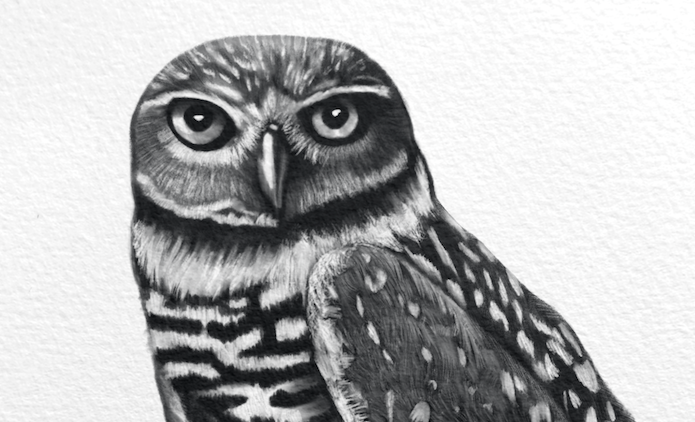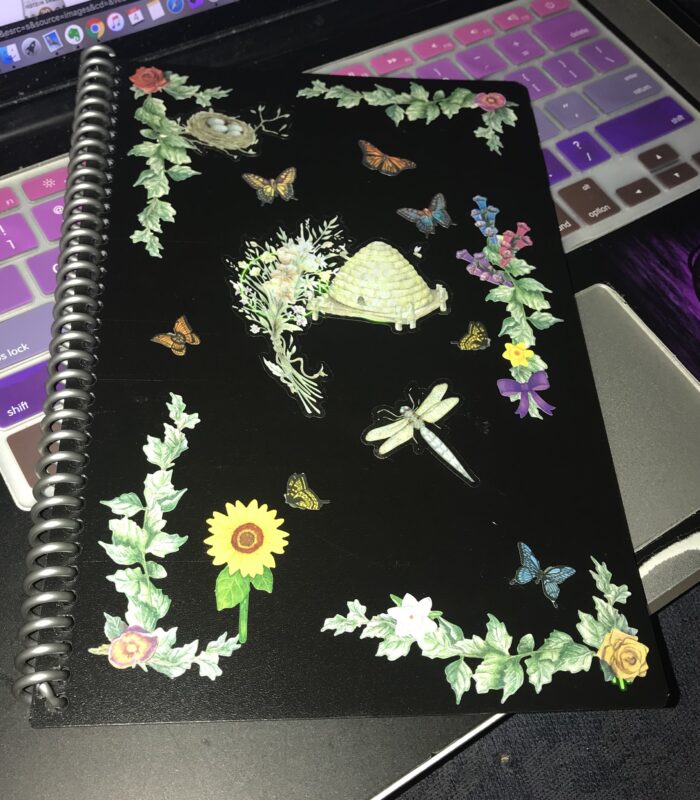Introducing my new favorite app: Padlet! I first encountered the app during an on-campus training – TIPS Toward Justice – and saw its potential for use in my own classes.
According to their website:
I’m using it as a way of gathering real-time, in-class feedback during class. Students are able to post anonymous comments from their laptops or smartphones, and then we collectively discuss the things they’ve posted. I started out on the very first day of class with some low-stakes questions:

Now – a few weeks into the semester – I’m including a mix of “how are you doing right now?” questions along with prompts that will give them a chance to talk about course content, particularly any topics that they are finding difficult. Here’s an example from my Sustainable Development course:

My students took to Padlet very quickly, realizing before I did that they could post animated gifs and links to songs or YouTube videos. I’ve encouraged them to post pictures of their pets, and tell me about their plans for the weekend. It’s been an amazing way for me to connect with them, and get to know them a bit better.
They seem to give honest assessments of how they are doing, which run the gamut from “slaying!” to “I’m stressed out and hungry” and “I miss my dad and my dog.” Especially when students express that they’re not doing so well, I take the opportunity to say something (hopefully!) motivational to the entire class. For example, “It sounds like some of you are struggling – it’s super normal at this time of the semester to be missing home, especially if this is your first semester here,” or “make sure you’re getting enough sleep and staying hydrated during this heat wave.”
Here’s another board, also from Sustainable Development:

One of the things I’m appreciating most about using padlet this way is that it gives them an opportunity to safely express controversial ideas anonymously, which will hopefully allow us to have more honest and open discussions. This is particularly important in my Sustainable Development course, where we will be digging into a lot of very difficult topics, and it can be difficult to publicly share a “hot take.”




Using Padlet also allows me to give immediate feedback to student questions and comments (and sometimes they hop on to answer one another’s questions).

So far, I am loving the student interactions I’m having using Padlet, and I feel like it’s helping me foster a good learning environment for my students.
Logistics: I have a free account, which allows me to have 3 padlets at any one time. So, after I’ve taken a survey in the classroom, I export the data to Excel, and then delete the Padlet to give me room to create a new one. It’s working so far, and saving me the money of getting a paid account. It would be a lot more convenient to be able to have unlimited Padlets, and I’m going to try and make a bit of noise to see if the university would be willing to buy in campus-wide. But in the meantime, having 3 rotating Padlets is working out fine. I’m using it with equally good results in an online (Zoom) course, and an in-person course, for groups between 75 and 100 students.
You can sign up for Padlet here: https://padlet.com/. (I’m not making any money from this. I just genuinely love this app).




















































































